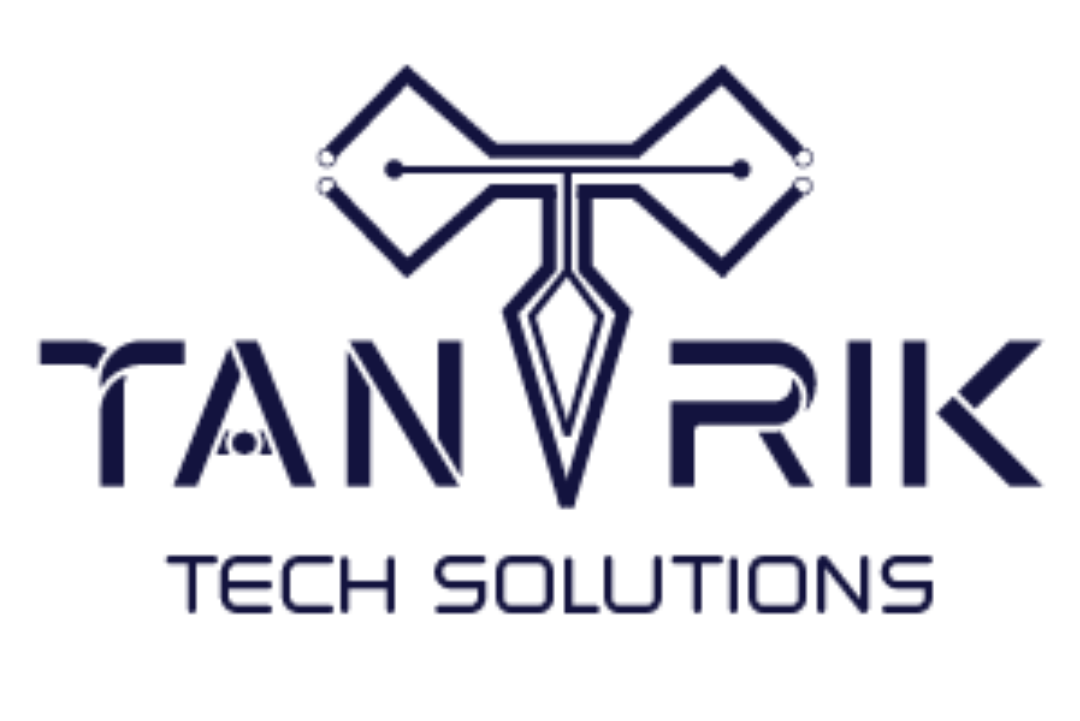In today’s digital age, social media has become an essential tool for businesses to reach and engage with their target audience. With millions of users on platforms like Facebook, Instagram, TikTok, LinkedIn, and Twitter, the potential for businesses to promote their brand and increase visibility is enormous. However, simply having a presence on these platforms isn’t enough. To truly master social media, businesses need a strategic approach tailored to each platform’s unique audience and features.
This comprehensive guide will walk you through how to effectively promote your business across the major social media platforms in 2024, helping you maximize your reach, engagement, and conversions.
Understanding the Importance of Social Media Marketing
Social media has revolutionized the way businesses connect with their customers. It provides an unparalleled opportunity to engage directly with your audience, build brand awareness, and drive sales. The sheer number of active users on platforms like Facebook, Instagram, and TikTok makes them prime locations for promoting your business, whether you’re a startup or an established brand.
But to truly succeed in social media marketing, it’s crucial to understand the evolving landscape. Algorithms are constantly changing, trends come and go, and user behavior shifts. Staying updated with these changes is key to mastering social media.
Setting Clear Goals for Your Social Media Strategy
Before diving into the specifics of each platform, it’s essential to set clear goals for your social media strategy. Without well-defined objectives, your efforts might lack direction and fail to deliver the results you need.
Common Social Media Goals for Businesses:
- Increase Brand Awareness: Expand your reach and introduce your brand to new audiences.
- Boost Engagement: Foster relationships by encouraging likes, shares, comments, and interactions.
- Drive Website Traffic: Use social media to funnel potential customers to your website or online store.
- Generate Leads and Sales: Promote products and services to convert social media followers into paying customers.
- Build a Community: Create a loyal and engaged following that advocates for your brand.
Facebook: Leveraging the Largest Social Platform
Why Facebook Still Matters in 2024
Despite competition from newer platforms, Facebook remains a dominant force in the social media landscape, boasting over 2.9 billion monthly active users. It’s an essential platform for businesses aiming to connect with a broad audience, especially in regions where Facebook remains highly popular.
How to Promote Your Business on Facebook
- Optimize Your Business Page: Ensure your Facebook Business Page is fully updated with a compelling bio, profile picture, cover photo, and business information. Use keywords that align with your niche to enhance searchability.
- Engage with Your Audience: Encourage interaction by posting engaging content, responding to comments, and starting conversations with your audience. Facebook’s algorithm rewards active engagement, making it crucial for visibility.
- Utilize Facebook Ads: Facebook Ads offer robust targeting options, allowing you to reach specific demographics, interests, and behaviors. Experiment with formats like carousel ads, video ads, and lead generation ads.
- Leverage Facebook Groups: Create or join industry-relevant groups to share valuable insights, establish yourself as an authority, and engage with a highly-targeted community.
- Use Facebook Analytics: Monitor your page’s performance using Facebook’s built-in analytics tools. Track metrics like post reach, engagement, and demographic data to refine your strategy.
Instagram: Driving Visual Engagement
Why Instagram is Essential for Brand Promotion
With over 1.4 billion monthly users, Instagram is a highly visual platform that excels in storytelling and brand-building. Its focus on images and videos makes it a prime platform for businesses in industries like fashion, lifestyle, travel, and e-commerce.
How to Promote Your Business on Instagram
- Create a Cohesive Visual Aesthetic: Your Instagram profile should have a consistent look and feel that reflects your brand identity. Use the same color schemes, fonts, and filters to create a visually appealing feed.
- Leverage Instagram Stories and Reels: Stories offer a temporary yet effective way to engage with your audience, while Reels provide the opportunity to go viral through short-form video content.
- Partner with Influencers: Influencer marketing is huge on Instagram. Collaborate with influencers who align with your brand to promote products authentically to their followers.
- Use Hashtags Strategically: Incorporate a mix of trending, niche, and branded hashtags to improve discoverability. Limit yourself to 10-15 hashtags per post to avoid looking spammy.
- Engage with User-Generated Content (UGC): Encourage your followers to share content featuring your products or services. Reposting UGC helps build community and acts as social proof for your brand.
TikTok: Tapping into the Viral Potential
Why TikTok is a Game-Changer for Businesses
TikTok has exploded in popularity, particularly among Gen Z and Millennials, with over 1 billion monthly active users. Its short-form, highly-engaging video content offers immense potential for brands looking to create viral moments.
How to Promote Your Business on TikTok
- Create Authentic, Entertaining Content: TikTok thrives on authenticity. Keep your content fun, creative, and aligned with popular trends to engage the platform’s users.
- Participate in Challenges: TikTok challenges are a great way to increase your brand’s visibility. Create or participate in challenges related to your products or services to join the conversation.
- Partner with TikTok Influencers: Collaborating with TikTok creators is one of the fastest ways to grow your presence. Influencers can help you tap into niche audiences and generate viral content.
- Utilize TikTok Ads: TikTok offers several ad formats, including in-feed ads, branded hashtag challenges, and TopView ads. Experiment with these options to find what works best for your brand.
- Engage with Trending Sounds: TikTok’s algorithm heavily promotes content that uses trending sounds. Incorporate these sounds into your videos to boost your chances of going viral.
LinkedIn: Establishing Authority in the Professional World
Why LinkedIn is Crucial for B2B Marketing
With over 900 million users, LinkedIn is the go-to platform for businesses in the B2B space. It’s ideal for building relationships, establishing thought leadership, and generating leads in professional industries.
How to Promote Your Business on LinkedIn
- Optimize Your Company Page: Ensure your LinkedIn company page is professional, complete with an updated logo, banner, and detailed business information. Share industry insights and updates to build credibility.
- Share Industry-Relevant Content: Post content that adds value to your target audience, such as whitepapers, industry news, and expert opinions. Establish yourself as a thought leader in your field.
- Leverage LinkedIn Ads: LinkedIn’s advanced targeting options allow you to reach specific industries, job titles, and companies. Use Sponsored Content and InMail to promote your business directly to decision-makers.
- Engage in LinkedIn Groups: Join relevant LinkedIn groups where your target audience is active. Engage in discussions, share your expertise, and promote your business organically.
- Network and Build Relationships: Use LinkedIn to connect with potential partners, clients, and industry peers. Regularly engage with their content to build meaningful professional relationships.
Twitter: Engaging in Real-Time Conversations
Why Twitter Still Matters for Brand Promotion
Twitter is the platform for real-time conversations, making it essential for businesses looking to engage with their audience quickly and publicly. With 450 million monthly active users, Twitter excels in promoting timely content, participating in trending discussions, and handling customer service.
How to Promote Your Business on Twitter
- Engage in Trending Conversations: Monitor trending hashtags and join relevant conversations to increase your brand’s visibility. Share your brand’s perspective on current events or industry news.
- Use Twitter Ads: Promoted Tweets and Twitter Ads can help you reach a broader audience. Target users based on their interests, behavior, and location to drive traffic and conversions.
- Respond to Customer Inquiries: Twitter is a popular platform for customer service. Respond quickly and professionally to customer questions and complaints to build trust and loyalty.
- Utilize Twitter Polls and Q&As: Create interactive content like polls and Q&As to engage your audience and gather feedback. These features are great for boosting engagement and fostering a community.
- Post Frequently and Consistently: Twitter moves fast. To stay relevant, tweet multiple times a day and use a mix of content types, including text, images, videos, and links.
Pinterest: Driving Discovery and Visual Search
Why Pinterest is Essential for Visual Brands
Pinterest is a visual search engine, with over 450 million users who are actively searching for inspiration and ideas. It’s particularly useful for brands in fashion, beauty, home decor, and DIY, as well as e-commerce businesses.
How to Promote Your Business on Pinterest
- Create Pin-Worthy Content: Ensure your content is visually appealing and easy to save. Use high-quality images, and add compelling descriptions to increase engagement.
- Utilize Pinterest Ads: Promoted Pins are a powerful way to reach users actively searching for products or ideas similar to yours. Target your ads based on keywords, demographics, and user behavior.
- Optimize for SEO: Pinterest is a search engine, so ensure your pins, boards, and descriptions are optimized with relevant keywords to increase discoverability.
- Engage with Users: Follow relevant accounts, engage with their content, and comment on pins to build relationships within the Pinterest community.
- Use Rich Pins: Rich Pins provide additional information about your products, such as pricing and availability, directly on the pin itself. This feature is particularly useful for e-commerce businesses.
YouTube: Dominating Video Content Marketing
Why YouTube is Critical for Video-Based Promotion
YouTube is the second-largest search engine in the world, with over 2.5 billion users. It’s an essential platform for businesses that want to create in-depth, engaging video content, from tutorials and product demos to vlogs and webinars.
How to Promote Your Business on YouTube
- Create High-Quality, Educational Content: Educational videos that solve problems for your audience tend to perform well. Create tutorials, how-to videos, and product demonstrations that provide real value.
- Leverage YouTube Ads: YouTube offers various ad formats, including skippable in-stream ads, display ads, and bumper ads. These ads can help you reach your target audience based on their viewing habits and interests.
- Optimize for Search: YouTube is driven by SEO, so ensure your video titles, descriptions, and tags are optimized with relevant keywords. Engaging thumbnails and calls to action (CTAs) can also boost visibility.
- Engage with Comments: Build a community by engaging with viewers in the comment section. Responding to comments and fostering discussions helps create a loyal audience.
- Collaborate with YouTubers: Partner with popular YouTubers to reach their audience through product placements, reviews, or sponsored content.
Best Practices for Cross-Platform Social Media Marketing
While each platform has unique features and audiences, integrating your social media efforts across platforms can maximize your results. Here’s how to do it:
- Consistent Branding: Ensure that your brand’s voice, messaging, and visual identity are consistent across all platforms.
- Tailor Content for Each Platform: While consistency is important, your content should also be adapted to suit the style and audience of each platform. For example, what works on TikTok may not work on LinkedIn.
- Monitor Analytics: Use platform-specific analytics tools to track performance. Regularly review your data to see which platforms and content types are delivering the best ROI.
- Automate and Schedule Posts: Use tools like Buffer, Hootsuite, or Sprout Social to automate your posting schedule, ensuring that you stay active across multiple platforms without overwhelming your team.
Conclusion
Mastering social media marketing in 2024 requires a deep understanding of each platform’s nuances, audiences, and algorithms. By setting clear goals, creating platform-specific strategies, and leveraging the latest tools and trends, your business can effectively promote its brand across all major social media platforms. Stay adaptable, keep your content fresh, and most importantly, engage with your audience authentically to build lasting relationships and drive growth.




